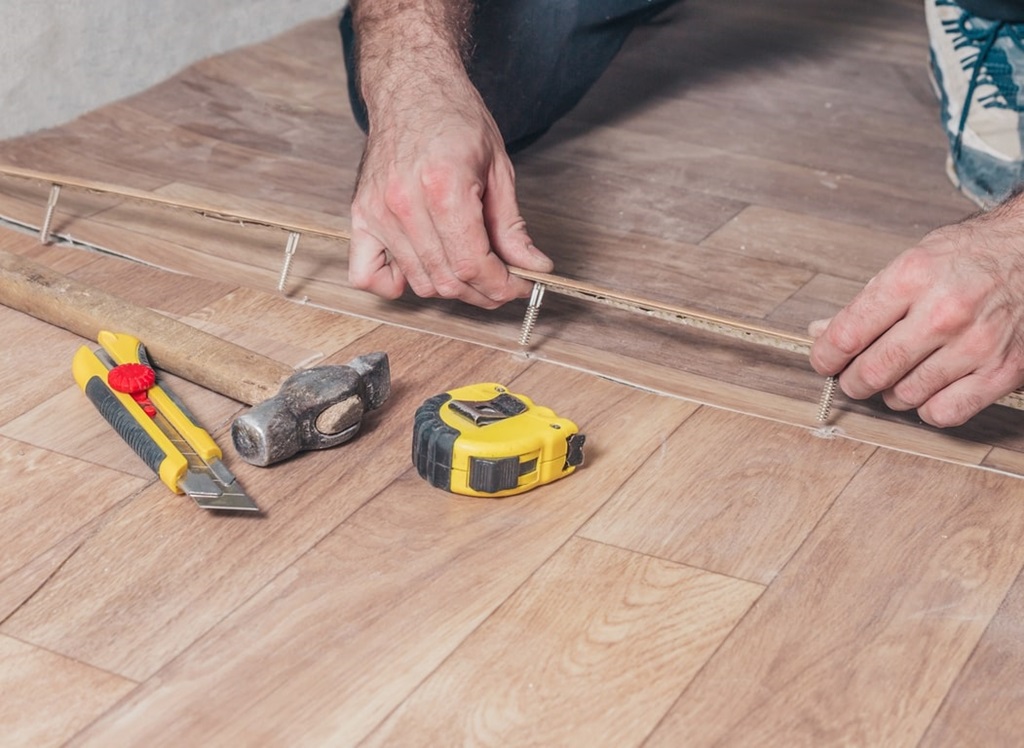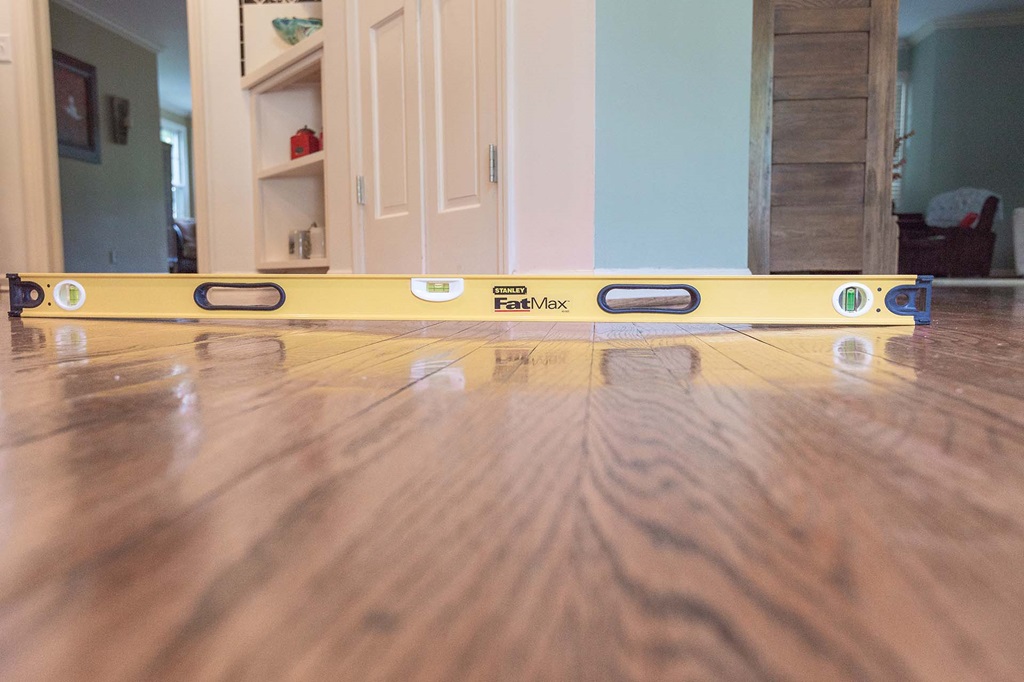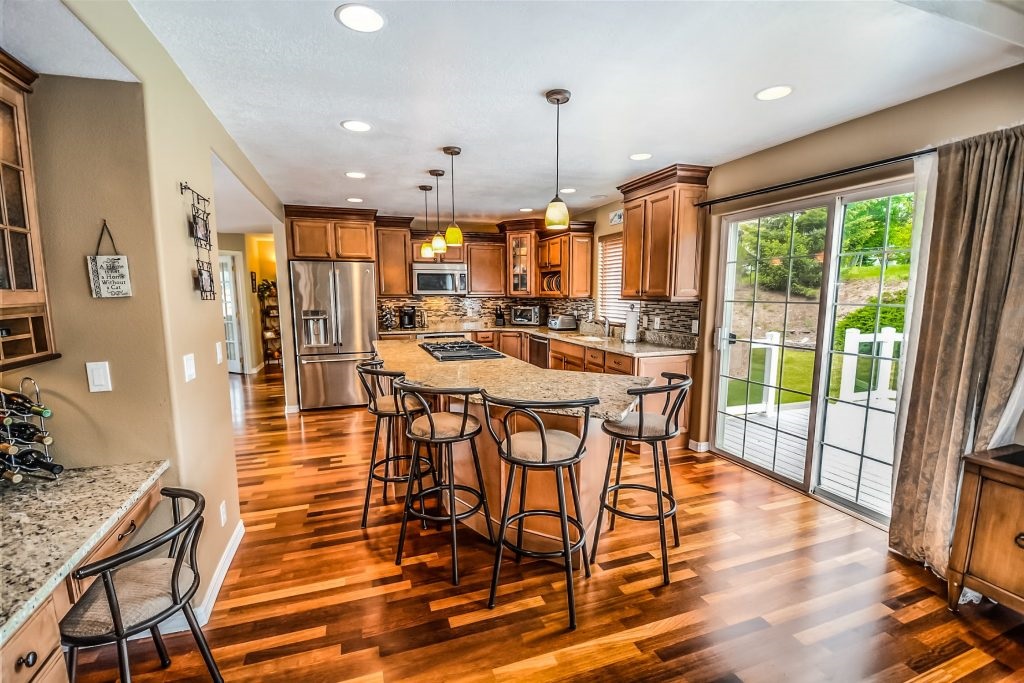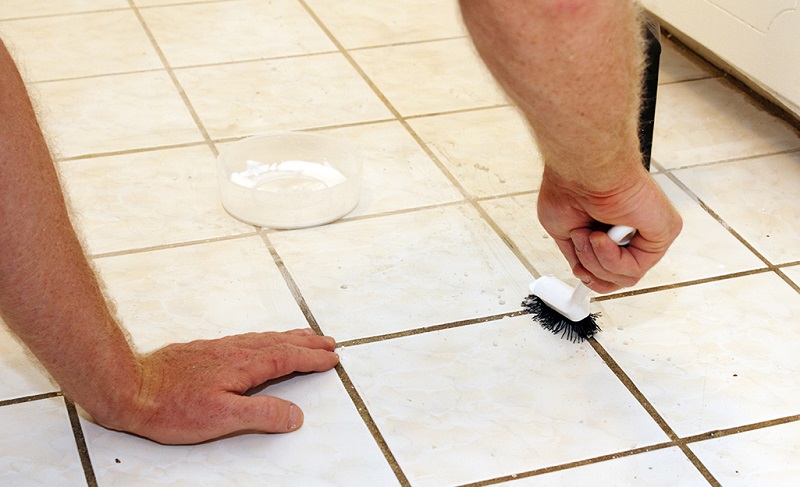To fix an uneven wood floor threshold, you can either sand down areas that are too high or install shims to bring the entire floor to the same level. Introducing a smooth transition between rooms can be a challenge when dealing with uneven wood floor thresholds.
The difference in height can create an unsightly and tripping hazard. However, there are simple and effective solutions to this problem. By sanding down high areas or using shims to level the subfloor, you can achieve a seamless transition between rooms, ensuring both aesthetic appeal and safety.
We will explore these methods in detail, providing you with the knowledge to fix uneven wood floor thresholds effectively.
Assessment
Learn how to fix an uneven wood floor threshold with these simple steps. Whether you need to sand down areas or install shims, this guide will help you even out your floor for a seamless finish.
Before you can start fixing an uneven wood floor threshold, it is important to assess the problem accurately. This will help you determine the best solution and ensure a successful outcome. Assessment involves two key steps: identifying uneven floors and measuring the height difference.
Identifying Uneven Floors
The first step in assessing an uneven wood floor threshold is to identify if your floors are truly uneven. Look for signs such as visible gaps, bumps, or dips between the different sections of the floor. You may also notice that doors do not open or close smoothly or that furniture wobbles when placed on the floor. Take note of any areas that seem particularly uneven or problematic.
Measuring The Height Difference
Once you have identified uneven areas, the next step is to measure the height difference between the floors. This will give you an accurate understanding of the extent of the problem and help you choose the most appropriate solution. To measure the height difference, you can use a measuring tape or a laser level. Measure the distance between the highest and lowest points of the uneven areas, ensuring to measure both the subfloor and the flooring material itself.
Note: When measuring the height difference, make sure to take accurate measurements and record them for future reference. This will help you compare measurements before and after implementing any fixes.
By properly assessing the uneven wood floor threshold, you will be able to tackle the problem effectively and choose the right solution. Once you have completed the assessment, you can move on to the next steps of fixing the uneven wood floor threshold.
Diy Solutions
If you have an uneven wood floor threshold, there are several DIY solutions you can try to fix the issue. These solutions range from using transition moldings to leveling the floors with shims or sanding. In this article, we will explore these solutions in detail.
Using Transition Moldings
One effective way to fix an uneven wood floor threshold is by using transition moldings. Transition moldings, also known as threshold molding or transition strips, are designed to bridge the gap between different types of flooring or between uneven surfaces.
- Measure the width of the uneven threshold and purchase a transition molding that fits the measurement.
- Cut the transition molding to the desired length using a saw.
- Apply adhesive to the back of the molding and press it firmly onto the floor, covering the uneven area.
- Allow the adhesive to dry according to the manufacturer’s instructions.
Leveling The Floors With Shims Or Sanding
If the uneven wood floor threshold is caused by height variations between the floors, you can try leveling the floors using shims or sanding.
- First, identify the high spots and low spots on the floor.
- If there are high spots, use a sander to gradually sand them down until they are level with the rest of the floor.
- If there are low spots, insert shims underneath the flooring to raise them up and make them level with the rest of the floor.
- Check the levelness of the floor using a straightedge or level tool.
- Make any additional adjustments if necessary.
By using transition moldings or leveling the floors with shims or sanding, you can effectively fix an uneven wood floor threshold. These DIY solutions are relatively simple and can be done without the need for professional help. However, if you are unsure or uncomfortable doing these tasks yourself, it is always best to consult a flooring professional.
Professional Fixes
If you have an uneven wood floor threshold, seeking professional fixes from flooring contractors can provide effective solutions. Professional expertise ensures that the uneven threshold is addressed with precision and quality. Here are some considerations when engaging a professional to fix your uneven wood floor threshold:
Hiring A Flooring Contractor
When it comes to hiring a flooring contractor to fix an uneven wood floor threshold, it’s important to consider their experience, expertise, and reputation. You want to ensure that the contractor specializes in addressing threshold issues and has a track record of successful projects. Additionally, requesting references and viewing their portfolio can give you confidence in their abilities to deliver high-quality results.
Considerations For Floor Leveling Services
When considering floor leveling services for an uneven wood floor threshold, prioritize contractors with expertise in utilizing effective leveling techniques and modern equipment. It’s essential to inquire about their approach to addressing uneven thresholds, the timeline for the project, and the costs involved. Clear communication and transparency in the process can help you make an informed decision when selecting a contractor for floor leveling services.
Maintenance And Prevention
To fix an uneven wood floor threshold, first, identify the high spots and sand them down. If the subfloor is uneven, install shims to bring the entire floor to the same level. Use a transition strip to create a smooth and seamless connection between the different floor heights.
Regular Inspection And Maintenance
Regular inspection and maintenance play a crucial role in ensuring the longevity and evenness of your wood floor threshold. By incorporating these practices into your routine, you can fix any unevenness promptly and prevent further issues. Here are some important steps to follow: 1. Inspect the threshold regularly: Take the time to inspect your wood floor threshold on a regular basis. Look out for any signs of unevenness, such as gaps, cracks, or warping. It is crucial to address these issues promptly to prevent further damage. 2. Clean the threshold thoroughly: Dirt, debris, and moisture can accumulate on the wood floor threshold over time, leading to unevenness. Regularly clean the threshold with a mild detergent and a soft brush. Avoid using harsh chemicals or abrasive tools that can damage the wood surface. 3. Fill gaps and cracks: If you notice any gaps or cracks in the threshold, fill them using a wood filler or epoxy putty. Make sure to choose a product that matches the color of your wood floor for a seamless repair. Follow the manufacturer’s instructions for application and drying time. 4. Sand uneven areas: In cases of minor unevenness, you can sand down the affected areas to achieve a smoother surface. Use fine-grit sandpaper and apply gentle pressure. Be cautious not to over-sand, as it can result in an uneven appearance. 5. Apply a protective finish: After addressing any issues with the wood floor threshold, apply a protective finish to prevent future damage. Choose a high-quality wood sealer or varnish that is suitable for your flooring type. Apply multiple coats according to the manufacturer’s instructions for maximum protection.
Preventive Measures For Future Unevenness
Preventing future unevenness in your wood floor threshold is possible by implementing the following preventive measures:
1. Maintain moisture levels: Moisture is a common cause of wood floor damage and unevenness. Keep the humidity levels in your home within the recommended range (usually between 35% to 55%) to prevent excessive expansion or contraction of the wood.
2. Use doormats and rugs: Place doormats at the entry points of your home to trap dirt and moisture before it reaches the wood floor threshold. Additionally, use rugs or carpet runners in high-traffic areas to minimize wear and tear.
3. Avoid dragging heavy furniture: When moving furniture, avoid dragging it across the wood floor threshold. Lift and place furniture instead or use furniture gliders to prevent scratches and unevenness.
4. Use protective pads: Attach felt or rubber pads to the bottom of furniture legs to prevent them from scratching or denting the wood surface. These pads also help distribute weight evenly, reducing the risk of unevenness.
5. Avoid excessive sun exposure: Prolonged exposure to direct sunlight can cause the wood floor threshold to fade, dry out, and become uneven. Use curtains, blinds, or UV-resistant window films to protect your flooring from harmful UV rays. By incorporating these maintenance and preventive measures, you can ensure that your wood floor threshold remains even, aesthetically pleasing, and durable for years to come. Regular inspection, prompt repairs, and proper care will contribute to the overall longevity of your wood floor.
Conclusion
Fixing an uneven wood floor threshold is a manageable task that can enhance the aesthetics and functionality of your space. By employing the appropriate tools and techniques, such as sanding and shimming, you can achieve a level surface for a seamless transition.
With the right approach, your wood floor can exude a polished and professional appearance.
Frequently Asked Questions Of How To Fix Uneven Wood Floor Threshold
What Is The Solution To Uneven Floor Transition?
To fix uneven floor transition, you can sand down high areas of the subfloor or install shims beneath it. This will ensure that the entire floor is level. Alternatively, you can create a mini-step or blend the levels together if there’s only a slight variation in height between the floors.
How Do You Fix A Floor Threshold?
To fix a floor threshold, you can sand down uneven areas on the subfloor or use shims to level the floor. Transitioning between different floor heights can be done by creating a mini-step or blending the levels together.
How Do You Even Out An Uneven Wood Floor?
To even out an uneven wood floor, you can sand down high areas or install shims to bring the entire floor to the same level. Sanding smooths high spots, while shims raise low areas, creating a level surface. This is an effective way to improve the appearance and functionality of your wood floor.
How Do You Transition Between Different Height Floors?
When transitioning between different height floors, you have two options. You can create a mini-step or blend the levels together. Creating a mini-step is suitable for larger floor height differences while blending works for slight variations.






